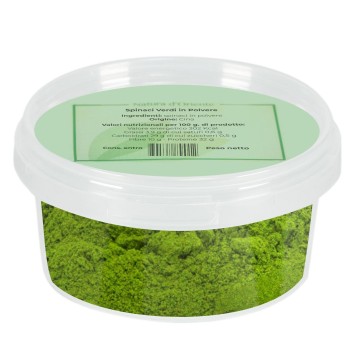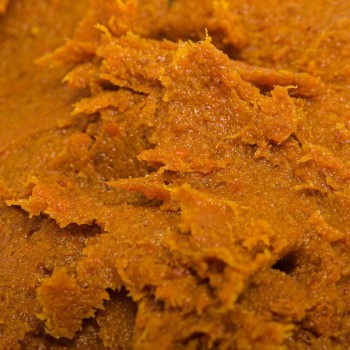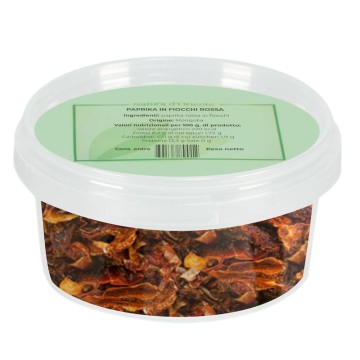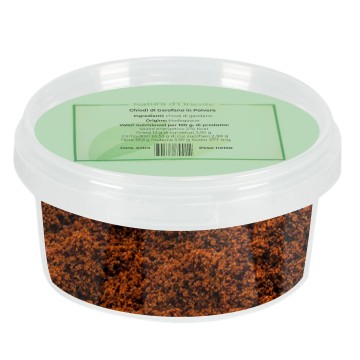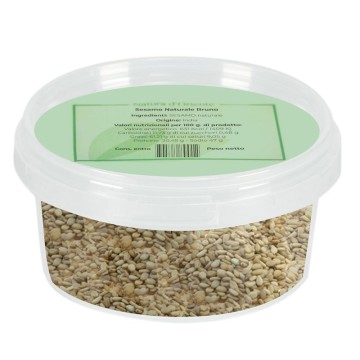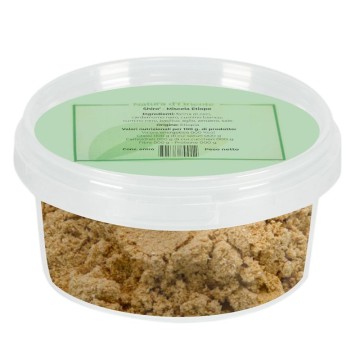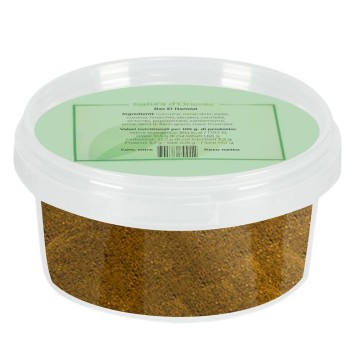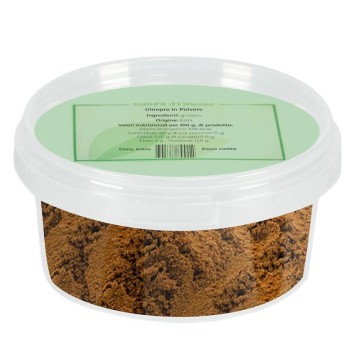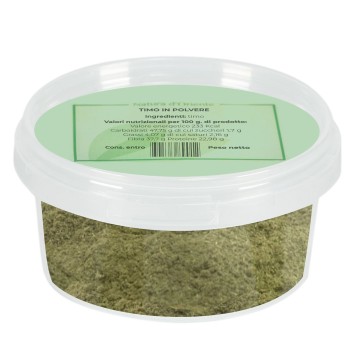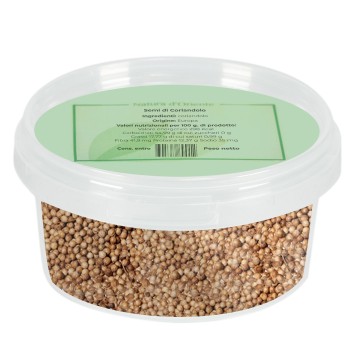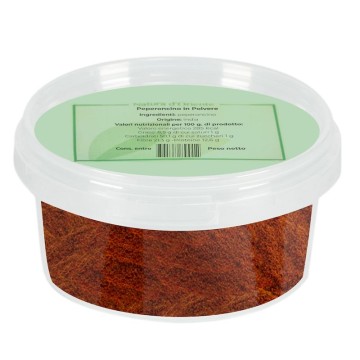Coming from the island of Ceylon (Sri Lanka), this type of cinnamon is considered the most common in the kitchen, with an intense but sweet aroma. It is often used to flavor desserts such as cakes, donuts, pies, brioches. It is also used on fruit: fruit salads, cooked fruit, jams and compotes. This cinnamon is an excellent ingredient for creams, puddings, crepes and pancakes, and it aromatizes different hot drinks: milk, tea, milk, chocolate, punch and mulled wine (along with other spices and fruits).
Ceylon cinnamon: properties and benefits
In terms of beneficial qualities, cinnamon has useful properties for our body . It represents a spice known as a powerful digestive : already in the East this spice was used in Ayurvedic medicine to treat indigestion and gastrointestinal disorders. Some of the elements of Ceylon cinnamon protect digestive health. They favor the assimilation of food during the digestive process, regulating intestinal transit. In addition, they can prevent gas formation and abdominal bloating.
Ground cinnamon also has other beneficial, astringent and purifying qualities. In the East, its purifying and natural antiseptic power, essential in hot climates, is exploited. For centuries it has been considered a pesticide, with actions to combat various fungi and bacteria that can irritate the oral cavity (gums).
It is known as a natural antibacterial thanks to the substance of cinnamaldehyde . It was also known in folk medicine for stimulating the immune system: indicated against the flu, colds and sore throats. It is well appreciated as an ingredient, but it is rich in antioxidant qualities because it has a high concentration of polyphenols - anti-inflammatory compounds that fight oxidative stress. In addition, it is rich in tannins, which promote heart health. Some substances contained in cinnamon also manage to promote a sense of satiety in the body and beneficial actions for those who want to lose weight.
Cinnamon is the subject of various studies for its ability to affect better blood sugar management. Ceylon cinnamon contains a compound called Cinnam Tannin B1, a polyphenol that regulates glucose absorption after meals and increases insulin sensitivity - important factors for blood sugar balance. It slows down the body's ability to absorb carbohydrates, therefore, and helps fat to be deposited less in the body. Thanks to the substances contained, therefore, it can improve the metabolism of fats and carbohydrates. These virtues make Ceylon cinnamon a perfect ally for slimming diets. In addition, manganese is a mineral contained in cinnamon, which supports bone health, thyroid function and the immune system. Manganese is found in relatively good quantities in ground cinnamon, and also contributes to macronutrient metabolism (this mineral also helps regulate blood sugar levels).
Origins and History of cultivation
Ceylon cinnamon is most commonly used in cooking, and is one of the oldest spices in the world. Coming from the Indian subcontinent, that is from the island of Ceylon (Sri Lanka). Also known as true cinnamon, this cinnamon today grows in much of southern and south-eastern Asia, also covering territories of Madagascar and the Seychelles islands.
It was discovered as a spice by obtaining it from the inner part of the bark of the cinnamon tree , (Cinnamomum), which was dried. In the drying process, it curls creating the known structure of the cinnamon stick. Ground cinnamon, therefore, comes from grinding the sticks to a fine powder. It is an important part of the Ayurvedic tradition, and has been used for thousands of years. As early as 3000 BC it was used as a perfume for embalming by the ancient Egyptians, and in 2000 BC. it was considered a valuable asset in the Middle East. It is also mentioned in the Bible among the aromas that Moses uses to consecrate the temple.
It was used in food as a spice with a warm and sweet flavor. Furthermore, as a traditional Ayurvedic medicine, it has been used to treat ailments such as bronchitis, digestive disorders and gynecological problems. It was brought to Europe by Arab traders, and soon became popular - much appreciated already by the Greeks and Romans for its ability to store meat during the winter. Until the most important geographical discoveries, the traders made inway of keeping its origin secret, to protect their monopoly and to be able to sell it at high prices. Cinnamon was expensive because it was transported overland in caravans, on roads that were difficult to travel. For this reason, she was considered a status symbol in Europe, used in the kitchen by the cooks of kings and nobles (often in combination with pepper), to flavor game and enhance desserts. During the Middle Ages it was considered a useful medicine capable of treating sore throats and coughs, and was considered a prized gift in the courts. With the discovery of America, Portuguese explorers sought the spice in order to obtain it at lower prices. They found it, in fact, in Ceylon (Sri Lanka), and spread it together with other explorers (Dutch, English and French).
In 1798 Ceylon cinnamon was introduced in the Seychelles in 1772, and in many other areas, particularly Madagascar. Other countries where Ceylon cinnamon was grown are Brazil, the Caribbean, Fiji, French Polynesia, Indonesia, Jamaica, Java, Malaysia and Sumatra. Over time, cinnamon became more available and popular, it began to be cultivated and slowly it became a habitual ingredient in gastronomy. In the nineteenth century it was included in the 4 main spices of recipes , which gave its flavor together with pepper, nutmeg and cloves. Today, the most available types of cinnamon are Ceylon cinnamon and cassia cinnamon (it comes from Indonesia and smells stronger than Ceylon cinnamon).
It is ground into a fine powder, for ease of use.
Plant and flowers
The botanical name of the cinnamon tree Cinnamomum zeylanicum comes from Ceylon, the old name for Sri Lanka. It is an evergreen bushy tree of the Lauraceae family, which gives a bark famous for its aromatic properties. The spice we know, in fact, comes from its dried inner bark.
The cinnamon tree grows in moist and well-drained soils, reaches about 15 meters in height. The oval leaves have margins - when young they are red and ripen to a deep green. The small flowers are found from greenish to yellow, while the fruit is a dark drupe. Various other species related to Ceylon cinnamon are also grown as a source of the spice, including Chinese cassia (Cinnamomum cassia), Vietnamese cinnamon (C. loureiroi), Indonesian cinnamon (C. burmannii), and Malabar cinnamon ( C. citriodorum). Nutritional values of cinnamon powder The main compound of Ceylon cinnamon is cinnamaldehyde (constitutes 60-80% of the volatile oils), and is the compound that gives cinnamon its sweet and spicy scent.
Ceylon cinnamon is also rich in other polyphenols and tannins, and in minerals such as manganese and iron . It is a source of vitamins A, C, K and B vitamins. How to use ground cinnamon in cooking Although Ceylon cinnamon plants have been introduced in other countries, the qualities of cinnamon grown in Sri Lanka are superior to that to others. The conditions of the soil and climate, and the methods of harvesting and production, make this cinnamon unique in quality, color, flavor and aroma. You can use Ceylon cinnamon powder to give recipes with incredible taste. It can be used in sweet recipes, to flavor meats, curries, in soups, stews and other recipes.
This fine powder generates an aroma in desserts, sophisticated and easy to combine.
Tea with ground cinnamon : boil water, add 3/4 teaspoon of cinnamon powder per cup, and leave to infuse for 3 minutes. Desserts: Cinnamon powder can flavor any baked product, and is great for pancakes and the sugar-free cinnamon and ginger cookie recipe. Cinnamon in Stews and Soups: Perfect for winter, stew made with ground cinnamon warms up and adds texture. Sprinkle cinnamon over fruit: perfect on apples, oranges, mandarins, bananas and watermelon. Cocktail: a cocktail with good quality Ceylon cinnamon powder makes it more intense and refined.
Cinnamon: side effects and contraindications
Ceylon cinnamon lacks the potential side effects associated with large amounts of cassia cinnamon . Cinnamon contains cinnamaldehyde, a compound that can trigger an allergic reaction when consumed in large quantities. Some people have experienced canker sores in their mouths by consuming products that contain cinnamon flavors, a burning or itchy sensation, swelling of the tongue or gums. Furthermore, egFor asthmatics or other conditions that affect breathing, care should be taken not to accidentally inhale ground cinnamon - which can cause breathing problems and is irritating to the throat. It is advisable to take caution to evaluate both for any allergies that you are aware of, and for pregnant and breastfeeding women.








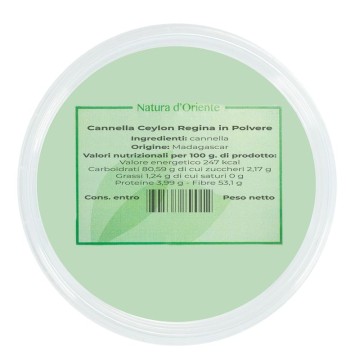


 No reward points for this product.
No reward points for this product.
